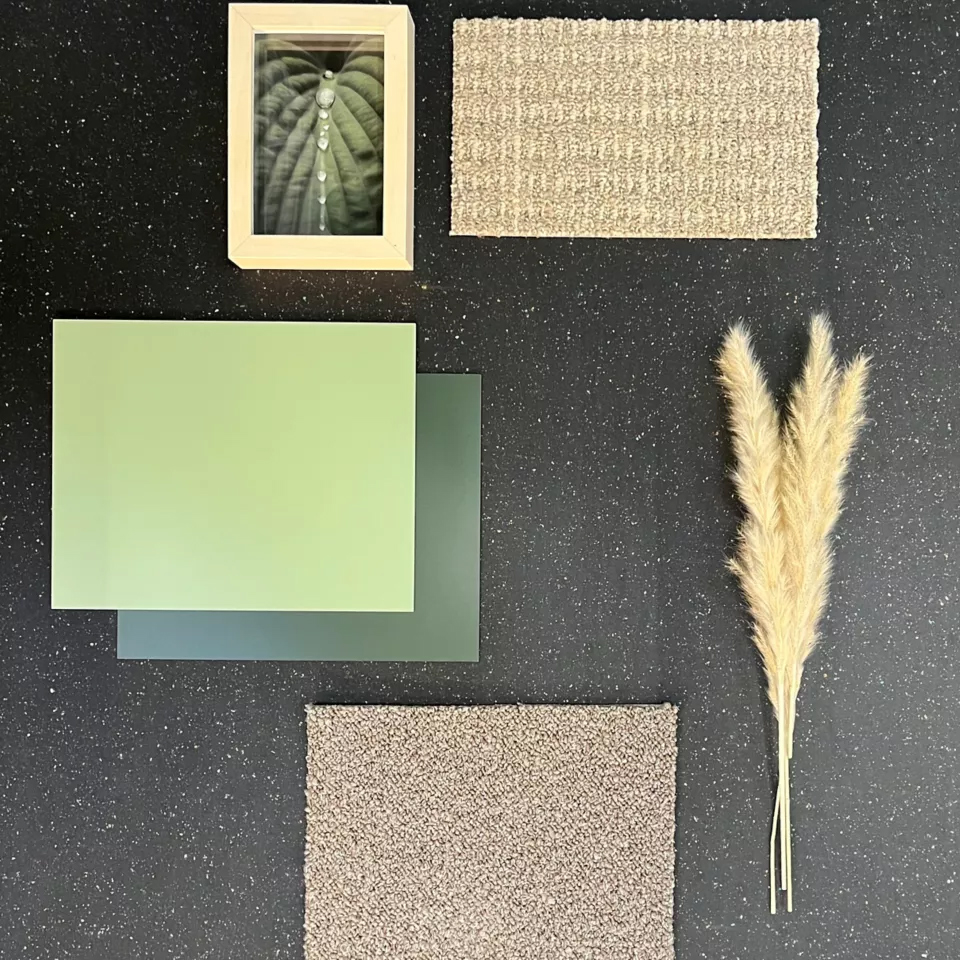Going 'all in' on carbon negative
Interface continues to raise the bar for sustainability – not just for flooring, but for everyone in commercial interiors.
What will it take to solve the climate crisis? Bold, relentless action from all of us. And for Interface, this means becoming carbon negative by 2040.
“Carbon negative carpet tile changed everything for Interface,” said Laurel Hurd, CEO of Interface. “We now know it’s possible to store more carbon than we emit – and we believe we can accomplish this across our product portfolio, from carpet tile to resilient flooring.”
Last year, Interface announced a shift in its sustainability strategy – that it would focus on direct carbon reduction and carbon storage, without offsets to meet its ambitious climate commitments. Today, it is already repurposing former offset investments towards innovation projects that will accelerate progress in achieving its 2030 science-based targets. These are an important waypoint on Interface’s path to carbon negative.

"Our carbon plan is simple — avoid, reduce, store, inspire,” said Liz Minné, Head of Global Sustainability Strategy at Interface. “We’re avoiding and reducing emissions throughout our product manufacturing, our business operations, and our supply chain, and working to store more carbon in our products. And we hope we inspire others to do the same.”
A year out from Interface announcing its strategic shift, what’s changed?
More investments in innovation and R&D. More collaboration with suppliers. And more carbon-storing materials in Interface flooring.
Less carbon in the air.
More stored in nora® rubber flooring.
Earlier this year, Interface shared a first-of-its-kind carbon negative nora® rubber flooring prototype.
Built on its experience in developing carbon negative carpet tile, the company incorporated more bio-based and carbon-storing raw materials into its rubber manufacturing – ensuring a carbon negative footprint from cradle-to-gate. All while maintaining the high-performance benefits of nora rubber.
“More than ever, rubber is emerging as a priority flooring solution for commercial interiors, especially in healthcare, education, transportation, and other industrial segments,” said Minné. “By offering our customers a carbon negative rubber solution in the future, we can help them reach their sustainability goals without compromising on design or performance benefits.”
What’s next? Interface remains focused on refining this innovative product and preparing to bring it to market. The company aims to make carbon negative rubber commercially available globally in early 2026.

* The text can be freely used. Publication of images in connection with press releases of nora systems GmbH is free of charge if the source is quoted. The copyright can be found under Image Properties >> Details. The use for advertising purposes is not permitted. We ask for a specimen copy.
About nora
nora by Interface is the commercial rubber flooring brand of Interface, Inc. Produced in Germany for more than 70 years, nora premium rubber solutions help to support operations, efficiencies, health, safety and well-being with sustainable flooring that eases maintenance, reduces noise, and provides added comfort underfoot.
Interface, Inc., (NASDAQ: TILE) is a global flooring solutions company and sustainability leader, offering an integrated portfolio of carpet tile and resilient flooring products that includes Interface® carpet tile and LVT, nora® rubber flooring, and FLOR® premium area rugs for commercial and residential spaces. Made with purpose and without compromise, Interface flooring brings more sophisticated design, more performance, more innovation, and more climate progress to interior spaces. A decades-long pioneer in sustainability, Interface remains “all in” on becoming a restorative business. Today, the company is focusing on carbon reductions, not offsets, as it works toward achieving its verified science-based targets by 2030 and its goal to become a carbon negative enterprise by 2040.
Learn more about Interface at interface.com and blog.interface.com, nora by Interface at nora.com, FLOR at FLOR.com, and our sustainability journey at interface.com/sustainability.
Follow us on Facebook, Instagram. LinkedIn, Twitter and Pinterest.

 Belgium | English
Belgium | English